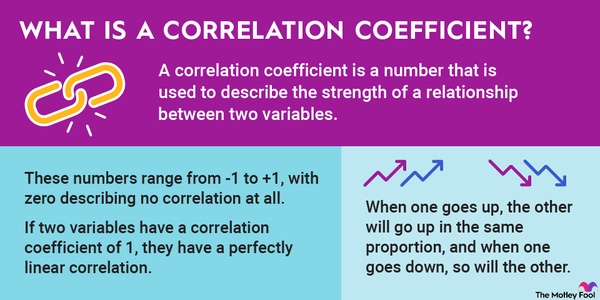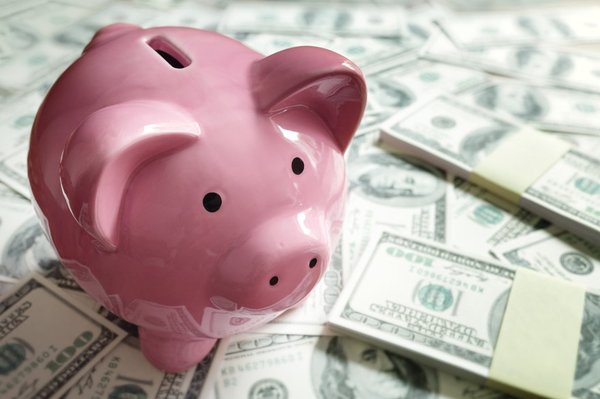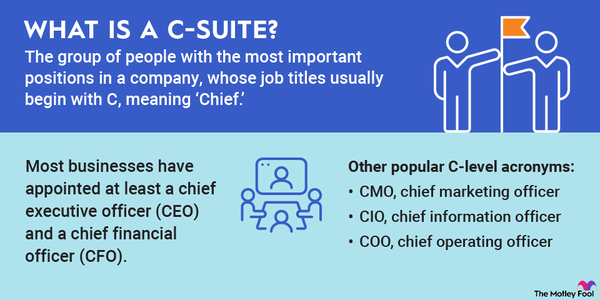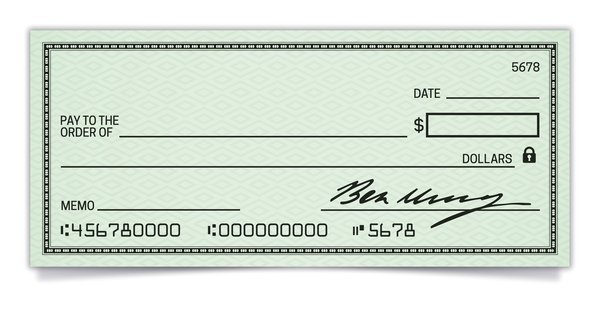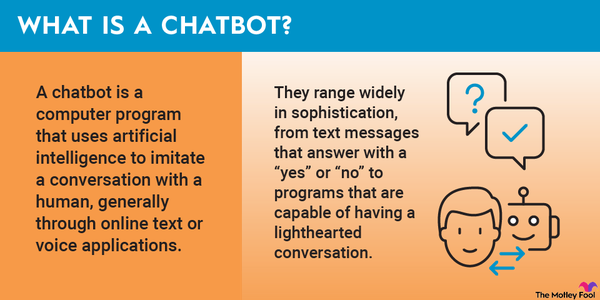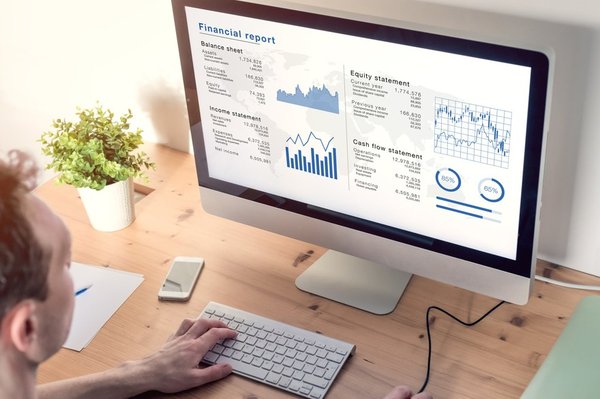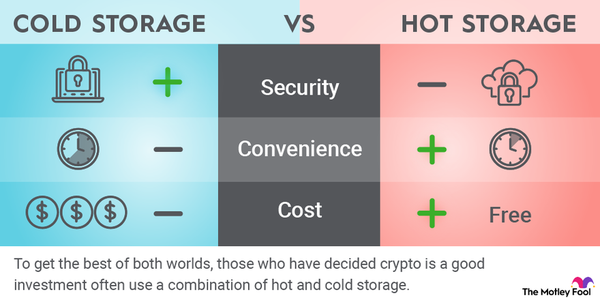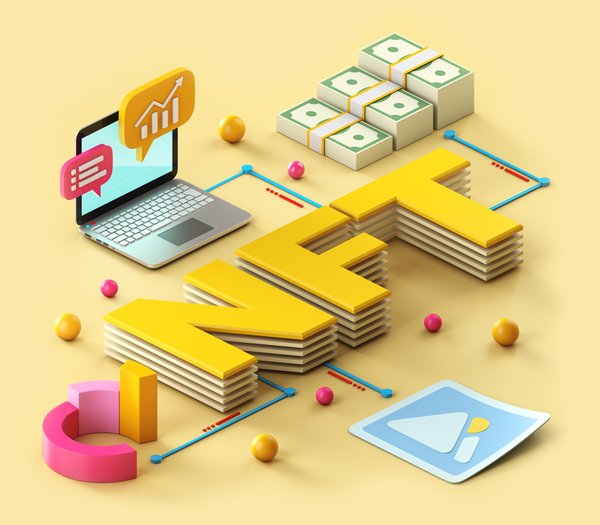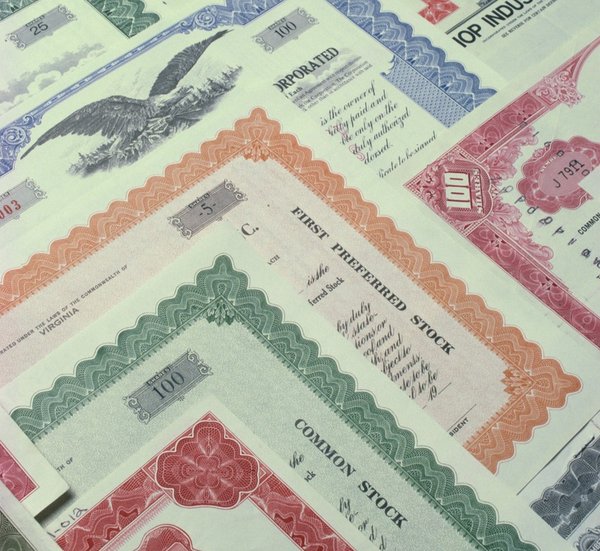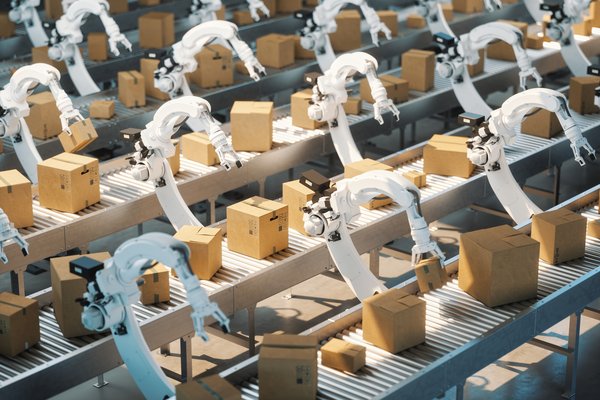When a new kind of product is launched, it often fosters a window of strong pricing power and profit margins. But this doesn't last forever. As the product category attracts more entrants and goes through more iterations, it becomes increasingly likely that the category will become commoditized.

Definition of "commoditized"
What does commoditized mean?
When a product category becomes flooded with a range of virtually identical offerings that only compete through price, it becomes commoditized. As a result of commodification, individual products and services become interchangeable, prices are pushed lower, and profit margins are pressured.
How it happens
How does a product become commoditized?
When innovators have success with a product, it's almost inevitable that imitators will join the market with similar offerings. Early in the life cycle of a product category, rival offerings will often compete based on features. But over time, it becomes apparent which features and characteristics are most attractive to customers, and these elements are replicated.
Initially, there may be large differences in the quality and capabilities of the products. But these points of distinction tend to diminish as it becomes less expensive to replicate the differentiating factors that had set the top product apart. As the goods become increasingly similar, competitors will attempt to stand out based on price, which has the effect of pushing average selling prices lower across the category.
Product Life Cycle
Why it's important
Why is commodification important?
Commodification is important because it can play a key role in shaping individual corporate performance and industry trends.
As products become more commonplace, the cost barriers to producing similar products are typically lower. The components to manufacture a similar item become cheaper and more widely available. This encourages new entrants in the market, increases competition, and makes it harder to stand out.
Fully commoditized products are essentially indistinguishable from one another. They have similar designs and features, which means they compete almost entirely on price. Because of the race to the bottom with pricing, profit margins are seriously diminished. Companies may still be able to generate meaningful profits in highly commoditized categories, but doing so often relies on reducing production and marketing costs or selling a very large number of items.
Related investing topics
Example
An example of commodification in action
Technology hardware tends to be particularly prone to commodification trends. In the smartphone industry, Apple (AAPL -1.33%) is one of the only companies that has been able to avoid having its products become commoditized. Despite many companies manufacturing phones, Apple accounts for roughly 85% of all profits made on smartphone sales worldwide.
The tech giant has been able to command strong pricing power thanks to brand strength and the software-and-services ecosystem associated with its hardware. Most other companies in the category are stuck competing at low price points due to commodification. Because so many smartphones offer similar designs, screens, cameras, and other features, manufacturers are largely competing on pricing. As a result of smartphones being commoditized, it's possible to buy relatively high-quality hardware at a low price, and most competitors in the space generate only slim profits on each unit sold.




